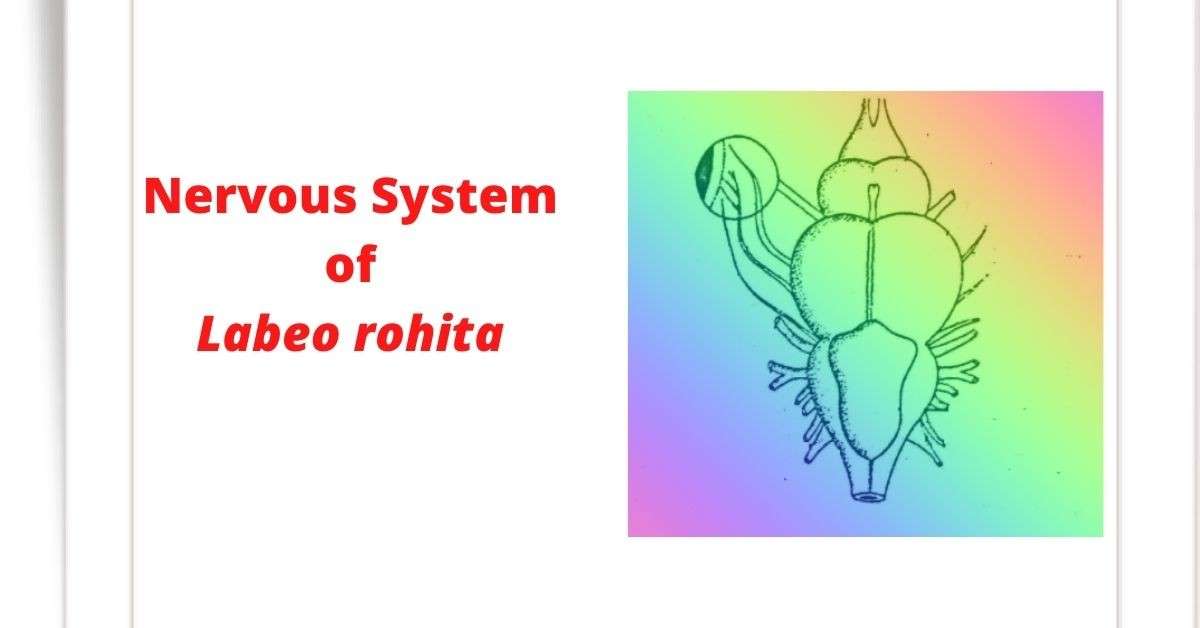Nervous System of Labeo rohita
The nervous system of Rohu fish (Labeo rohita) is divided into the following three parts: A. Central nervous system B. Peripheral nervous system and C. Autonomic nervous system. A. Central Nervous System The central nervous system is made up of the brain and spinal cord. The brain of the Rohu fish is divided into three … Read more



